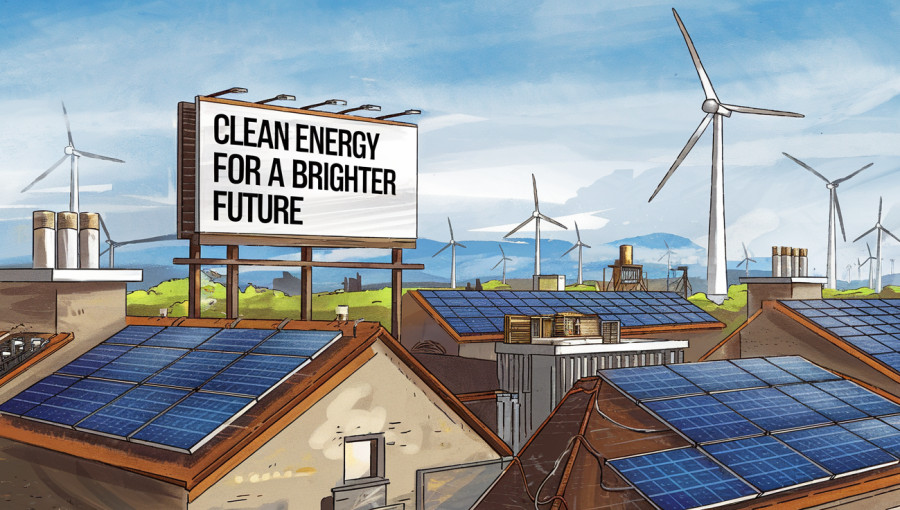A recent report from Ember highlights a significant shift in China’s energy landscape, showing that over 80% of the nation’s new electricity demand in 2024 was met by carbon-free sources, a notable improvement compared to less than half during the previous decade. The fast-paced expansion of renewable energy, particularly solar, has also led to a 2% reduction in fossil-fuel power generation in the first half of this year. With substantial investments in green technologies, China is poised to reduce its overall fossil-fuel dependency.
In just the first half of 2024, China added 256 gigawatts of solar energy capacity—twice the amount from the same period last year—outpacing installations by other countries, including India and the United States. This surge helped the nation exceed its coal-powered capacity with its total solar and wind capabilities. Moreover, China has also outpaced the U.S. and Europe in installing grid battery technology this year, and it is home to nearly 50% of the nuclear plants currently under construction worldwide.
China’s overall fossil-fuel consumption is on track for decline as the country aggressively electrifies various sectors, transitioning from traditional fuel sources in transportation and heavy industries to electric power. In 2023, electricity usage accounted for approximately one-third of China’s overall energy consumption, exceeding the share seen in the U.S. and many European nations, further underscoring China’s ambitions to establish itself as a leader in sustainable energy solutions.
In contrast, the U.S., under former President Donald Trump, has struggled to maintain progress in reducing fossil fuels. While greenhouse gas emissions are predicted to decline, the pace is slower compared to expectations during the Biden administration, indicating a shift towards fossil fuel reliance instead of advancing toward a cleaner energy future.

